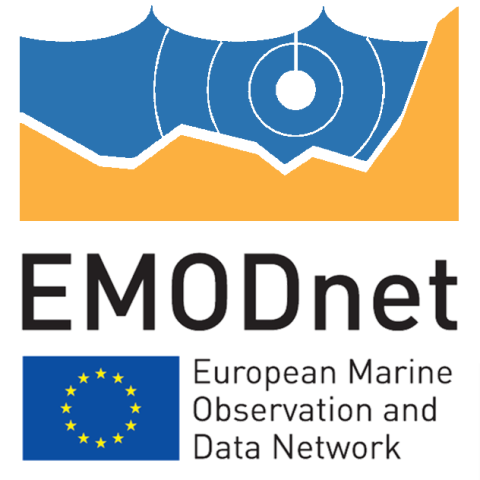Fourth EMODnet Biology Workshop
On June 17th, 17 experts met in Oostende to further develop a framework for the description, collation and dissemination of traits information relating to marine species.

This one day workshop held at VLIZ was the last workshop in a series of meetings organized within the second phase of the biological component of the European Marine Observation and Data Network (EMODnet).This project aims at linking taxonomic information with biological and ecological traits related to marine species.
During the previous workshops the rationale, prioritization and methodology to reach the common goal of a standardized database of Marine traits were set up. This workshop built further on this and was attended by 17 participants from more than 14 organizations. In the morning, the latest activities achieved in data collection and management were presented, followed by the launch of the new website http://www.marinespecies.org/traits/. Further, we discussed how traits can be applied in scientific research, the use and importance of a standardised vocabulary, and the LifeWatch workflow applications that combine trait, taxonomic and biogeographic data. In the afternoon work features related to data structure, data sources, priorities, web services, workflows etc. were discussed in smaller breakout groups. The workshop ended with the formulation of 7 action points regarding - amongst others - the completion of the priority traits and optimisation of the workflows and web services.
The workshop was funded by EMODnet biology and Lifewatch Flanders and was organised back to back with the annual WoRMS Steering Committee meeting.
During the previous workshops the rationale, prioritization and methodology to reach the common goal of a standardized database of Marine traits were set up. This workshop built further on this and was attended by 17 participants from more than 14 organizations. In the morning, the latest activities achieved in data collection and management were presented, followed by the launch of the new website http://www.marinespecies.org/traits/. Further, we discussed how traits can be applied in scientific research, the use and importance of a standardised vocabulary, and the LifeWatch workflow applications that combine trait, taxonomic and biogeographic data. In the afternoon work features related to data structure, data sources, priorities, web services, workflows etc. were discussed in smaller breakout groups. The workshop ended with the formulation of 7 action points regarding - amongst others - the completion of the priority traits and optimisation of the workflows and web services.
The workshop was funded by EMODnet biology and Lifewatch Flanders and was organised back to back with the annual WoRMS Steering Committee meeting.



